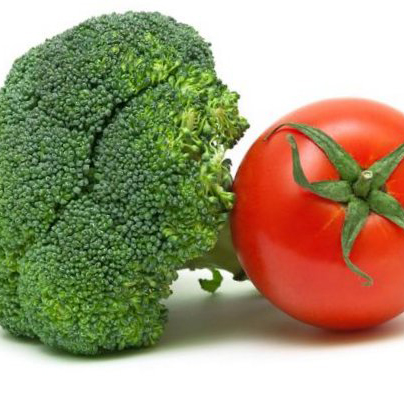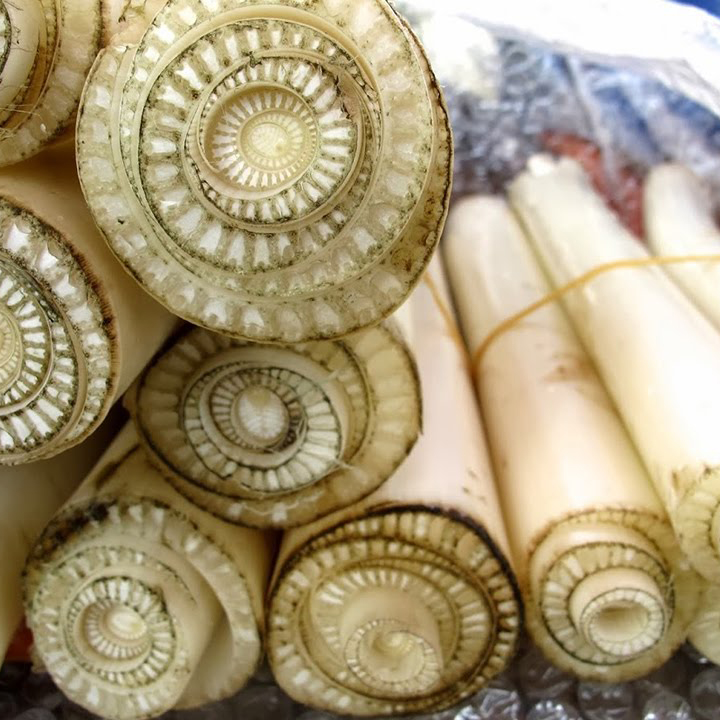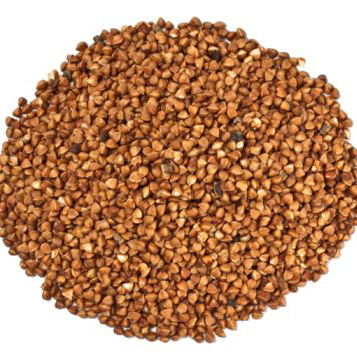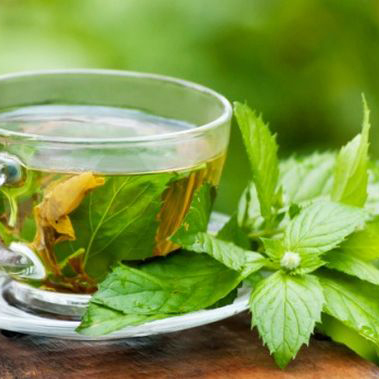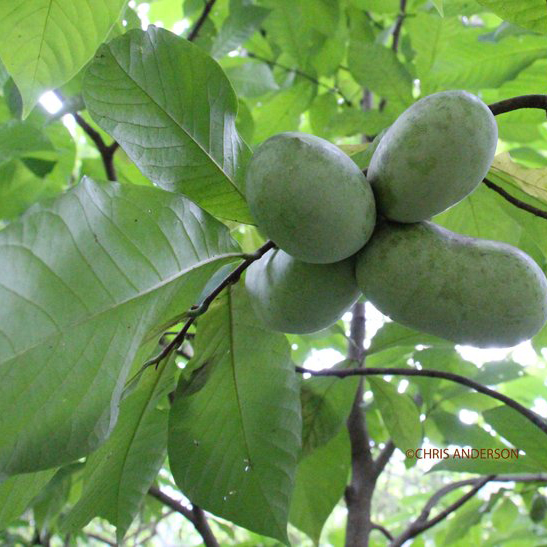
Pawpaw (Asimina triloba) is a genus of small clustered trees with large leaves and fruit, native to North America. The genus includes the largest edible fruit indigenous to the continent. They are understory trees found in well drained deep fertile bottomland and hilly upland habitat. Pawpaw is in the same family (Annonaceae) as the custard-apple, cherimoya, sweetsop, ylang-ylang and soursop, and it is the only member of that family not confined to the tropics. Pawpaw (Asimina triloba) twigs contain annonaceous acetogenins that have been shown to interfere with the energy production system of cancer cells, especially the conversion of ATP to ADP. Significant research was done by Dr Jerry McLaughlin and his team at Purdue University, Indiana, in the 1980s–90s, during which time $5,000,000 of funding was provided by the National Cancer Institute. Over 100 scientific papers have been published concerning the biochemistry of pawpaw substances, including significant positive results of in vitro anti-cancer studies. Most importantly, an informal and unpublished clinical trial involving 94 cancer patients, undertaken by Dr James Forsythe of the Reno Cancer Screening and Treatment Center in Nevada, showed that a significant number of terminal patients responded positively to treatment with pawpaw extract. A selection of ten positive case studies demonstrate that pawpaw extract reduced tumour markers and tumour sizes, as well as increasing longevity.
Pawpaw Extract
According to Dr McLaughlin’s research, the substances contained in pawpaw extract block ATP production, thereby slowing or stopping the production of cellular energy, and consequent cancer growth. The growth of new blood vessels to tumors, required for proliferation of the cancer, may also be inhibited. Significantly, pawpaw extract seems as effective at killing multidrug resistant (MDR) cancer cells as normal cancer cells. MDR cancer cells can be left in the wake of chemotherapy, and if the cancer returns, it can consist of MDR cells, with the result that the cancer fails to respond to further chemotherapy.
Because normal cells do not consume as much energy as cancer cells, their functioning is not as severely effected. However, if someone without cancer takes pawpaw extract, they will feel fatigued more readily, while someone with cancer will probably feel better, because the extract prevents the cancer cells from sapping the body’s energy.
It is generally advised not to use pawpaw extract with substances designed to increase the production of cellular energy, such as coenzyme Q-10, alpha lipoic acid, creatine, thyroid stimulators, nutritional algae like spirulina, and so on. It is not that there is any danger in taking these products together with pawpaw extract, but since they have counteractive effects, the combination makes both less effective. Research at the Ford Cancer Center in Detroit has determined that there are no negative interactions between pawpaw extract and antioxidants, as was previously considered likely.
Because it is only effective against cancer cells, pawpaw extract is not a preventative, and is only of benefit to cancer patients. Also, pregnant women should not use pawpaw extract. It should also be avoided by sufferers from Parkinson”s disease, unless all alkaloids have been removed from the extract. No common side effects have been reported, but taking more than the recommended dose of pawpaw extract can result in nausea and vomiting. This vomiting is probably a natural safeguard, preventing any toxicity that could result from overdosing.
Dr McLaughlin retired from Purdue University in 1999, and worked for a few years as chief scientific officer for Nature’s Sunshine, helping to develop a pawpaw extract that could be used against cancer. The result is Paw Paw Cell-Reg, produced by Nature’s Sunshine, which is claimed to be the only standardized pawpaw extract available. Standardization is significant because the concentration of active acetogenins in pawpaw twigs changes according to various factors, including the time of year in which they are harvested.
Eight species of pawpaw are native to the USA. It is the common pawpaw (Asimina triloba) that has been researched by Dr McLaughlin. The common pawpaw should not be confused with unrelated papaya (Carica papaya), which is commonly known as pawpaw outside the USA. Nor should it be confused with the distantly related graviola (Annona muricata), also called soursop or the Brazilian pawpaw, which also contains acetogenins, but whose anti-cancer properties are far less than those of pawpaw.
Complement Herbal Cancer Treatments with a The Professional Rife Machine, Version 3 Machine.
